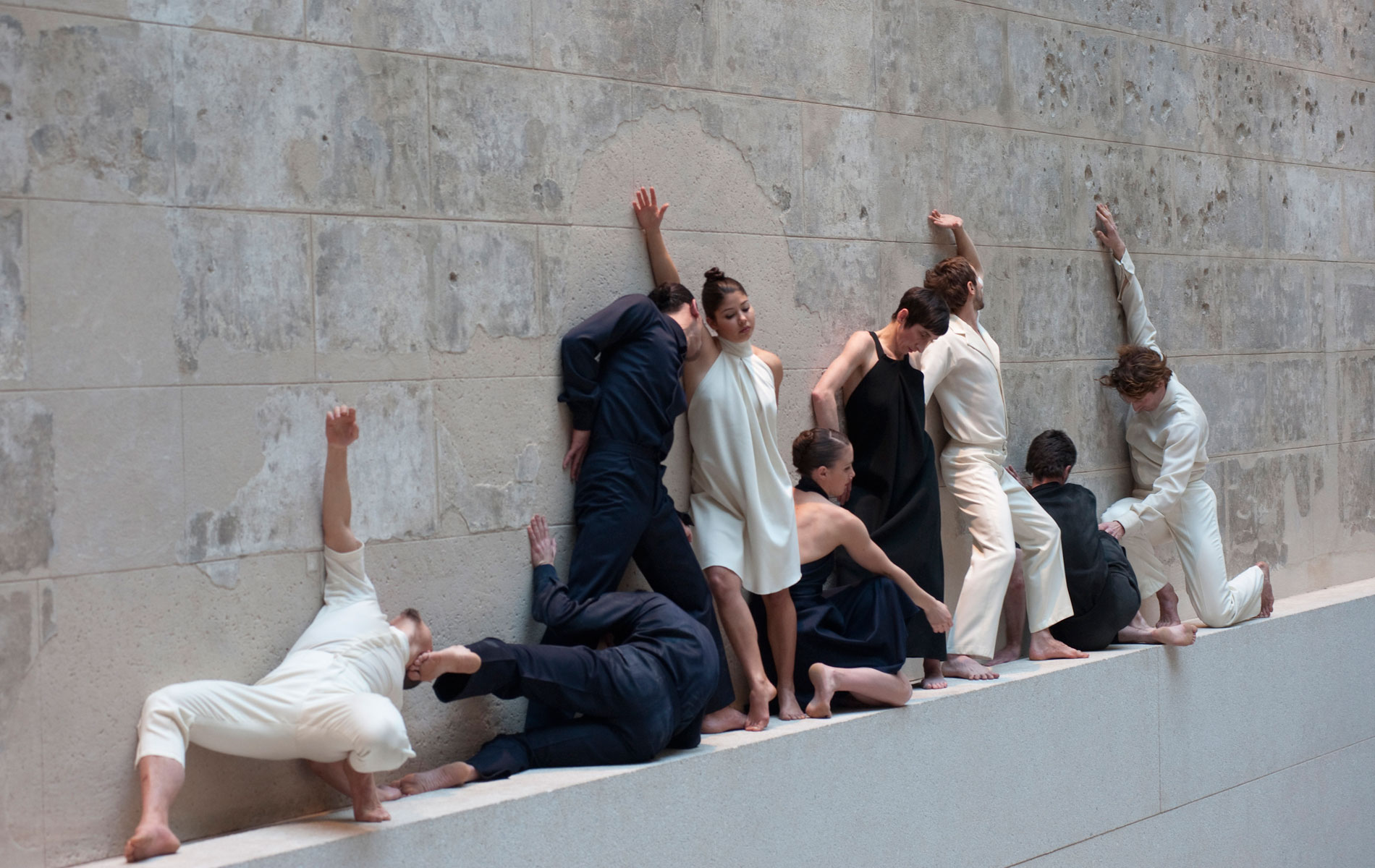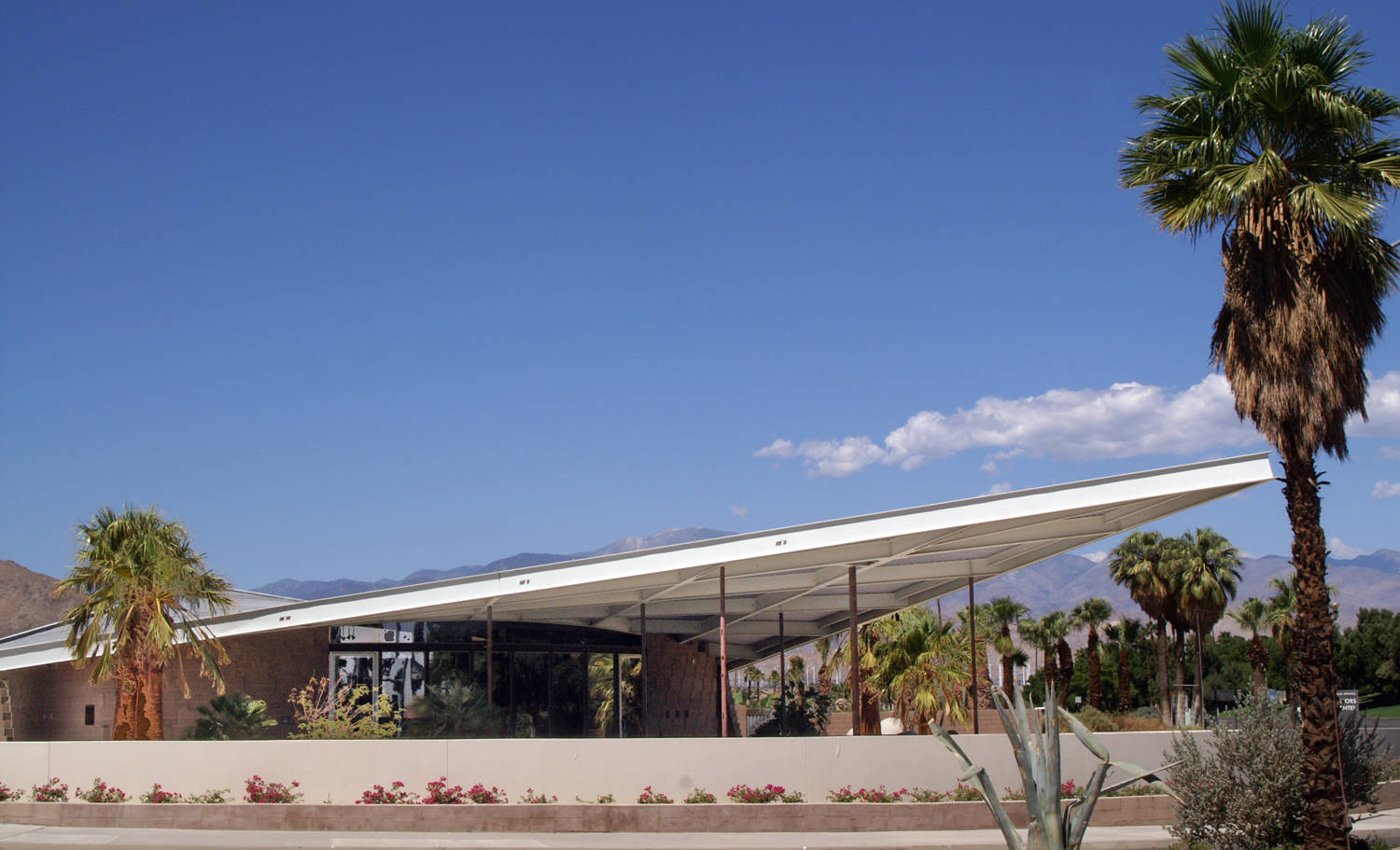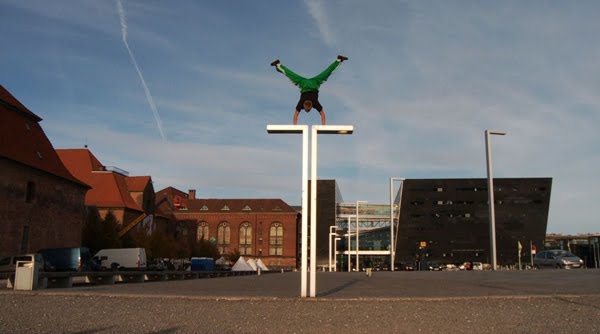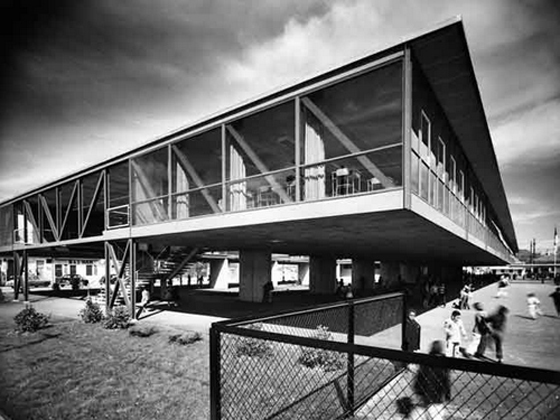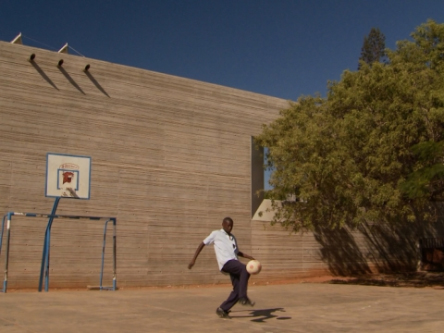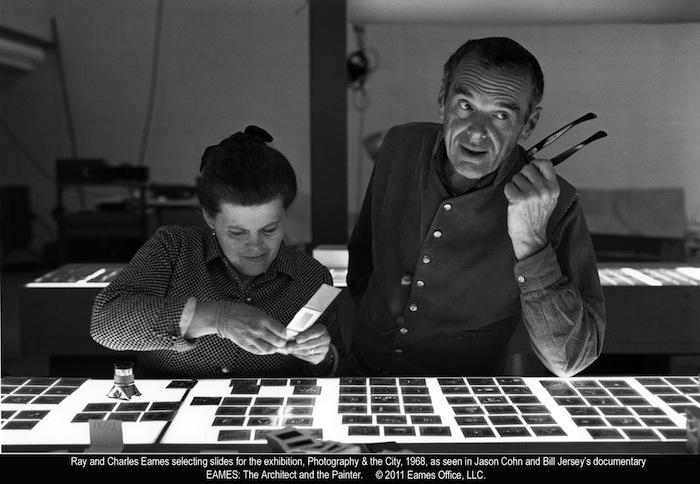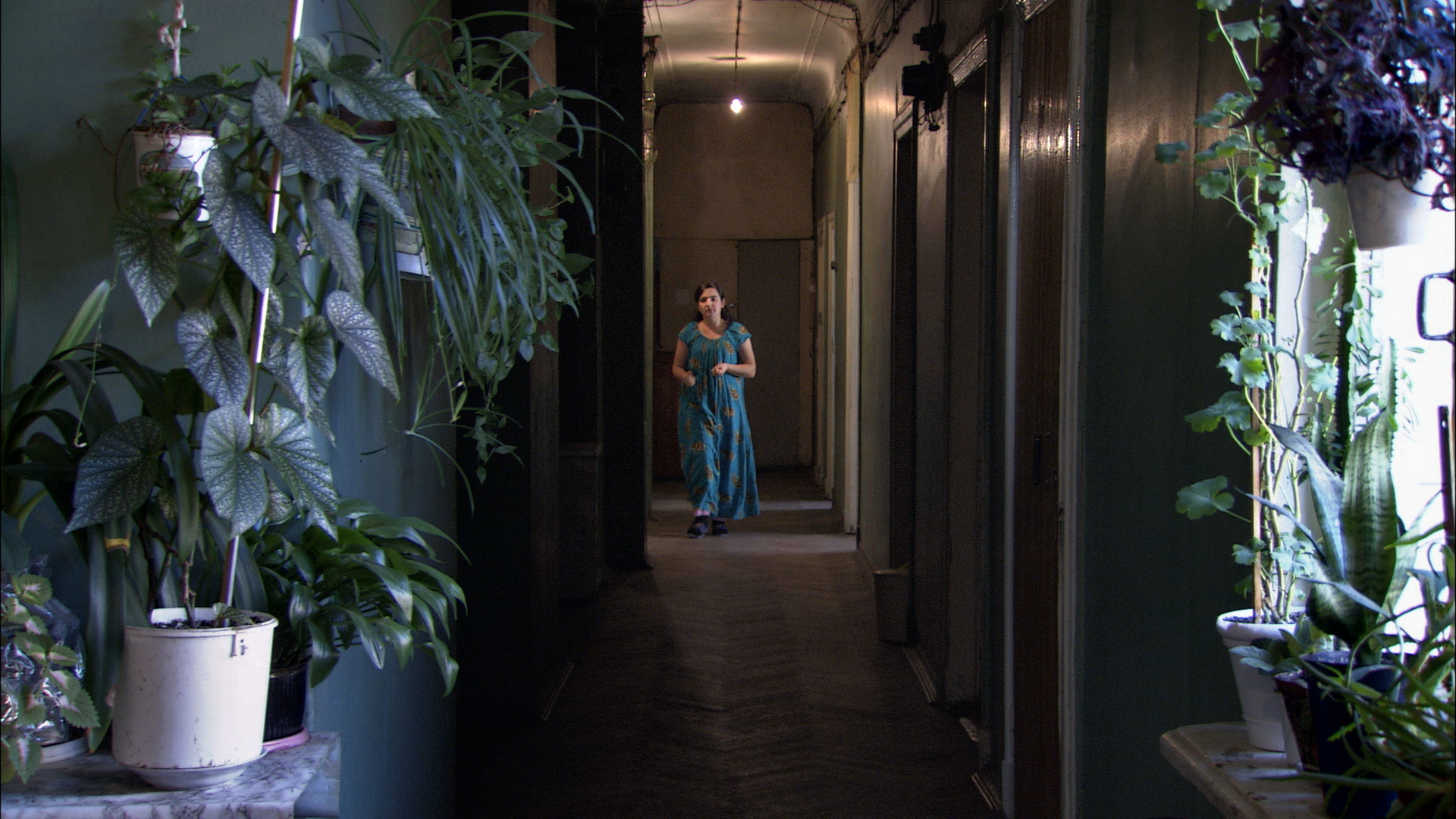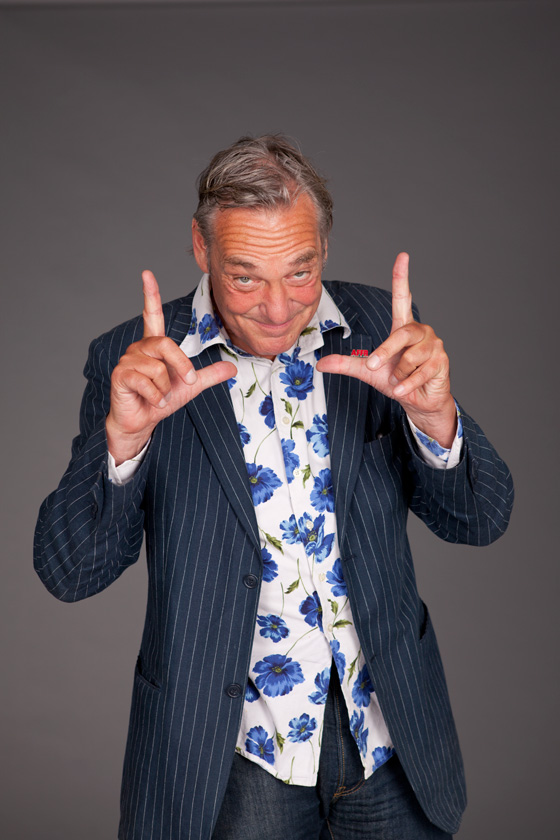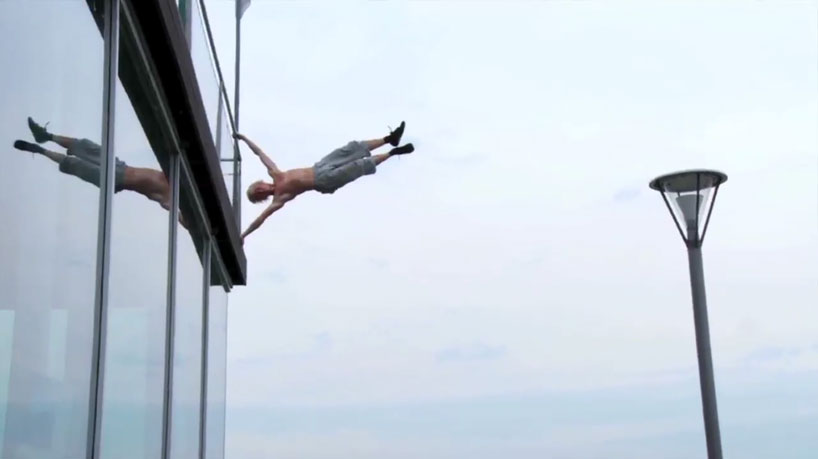Anette Baldauf, co-director of the film The Gruen Effect on the legacy of Victor Gruen
Victor Gruen was one of the most influential architects of the twentieth century: He is regarded as the father of the shopping mall. How fundamentally his concept would change the world was something that not even this immigrant from Vienna, who was noted for thinking big, could have foreseen. In the nineteen fifties, Gruen built large-scale “shopping towns” in the suburban sprawl of the United States. Based on the model of European city centers they were not only to facilitate shopping but also to strengthen social ties in the isolated suburbia with a mix of commercial and social spaces. However, in the context of an increasingly consumption- and speculation-driven economy the polyfunctional shopping center turned into a gigantic sales machine, which had a formative impact on the development of cities all around the globe. Thus, in architecture, the Gruen Effect describes the maelstrom introduced by seductively designed sales spaces that makes us give up purposeful shopping and get lost in the shopping experience. Since the principles of the shopping mall have little by little been transferred to downtown areas, today this phenomenon produces the city as the place of commercialism, the staging of lifestyle, distinction and event; it outlines the creation of a type of downtown, which serves the gods of consumer culture and defines consumption as the prime principle of urban planning.
Already in the interwar period Victor Gruen, born Viktor David Grünbaum in Vienna in 1903, attracted considerable attention with the conversion of several small shops in Vienna. In 1936, renovating the shop of the textiles retailer Singer, Grünbaum moved the shop’s structure several meters behind the sidewalk thus creating an ambulatory space open to the public at the intersection between the street and the store. Framed by large shop windows and centered around a dramatically illuminated glass vitrine, the space created in the overlap area invited the passers-by to wrest themselves from the ongoing flow of movement of the street and to contemplate temporarily the textiles in the shop windows and the hustle and bustle of urban life.
Two years after the Singer shop’s opening, the magazines Glas. Österreichs Glaserzeitung, Architectural Review and L’architecture d’aujourd’hui presented Grünbaum’s works in Vienna. The compilation of the projects – Bristol Perfumery (1935), Deutsch Men’s Fashion (1936), Guerlain Perfumery (1936), the already mentioned textiles retailer Singer (1936) and Richard Löwenfeld Ladies’ Fashion (1937) – illustrated a clear continuity of the Grünbaum interventions: Vast shop windows and dramatic glass fronts turned small shops into phantasmagorical display surfaces. They extended the concept of the shop window to the entire shop and defined it as a stage of urban life. At the same time, the interventions perforated the borders between theater and the everyday, street and shop, private and public space. In this interspace, the shoppers could be present and absent at the same time, here and simultaneously distancing themselves from the constraints of everyday life.
Together with his first wife, Alice Kardos, and helped by a friend in the disguise of a SA trooper, Viktor Grünbaum successfully escaped from the Nazis on June 9, 1938, first to Switzerland and then to the USA. Just one year after his arrival in New York City he was asked by the businessman Ludwig Lederer, another refugee from Vienna, to design a boutique on Fifth Avenue together with Elsie Krummeck, then his second wife. Grünbaum, who called himself Victor D. Gruen after obtaining US citizenship, presented the following vision to Lederer: “To create an atrium open to the sidewalk along Fifth Avenue where rushed pedestrians can gather like in a refuge. … Six individual small glass cabinets would project from the two side walls and the back wall of this atrium, a full glass door in the back wall would offer both insight and entry to the shop´s interior … The atrium’s roof would consist of transparent glass and invisible sources of light on top would evenly illuminate the open forecourt. In the middle of the new outside space I envision a glass vitrine? this cabinet as well as the commodities on display will be lit by hidden, very strong spotlights like those used in the theater.?
Supported by dazzling sketches created by the interior designer Krummeck and the licence of architect Morris Ketchum, Gruen’s plan saw its spectacular realization on Fifth Avenue in 1939. Gruen returned to his concept of the shop window as a stage space, which he had already pursued in Vienna, and addressed the passers-by as potential performers and shoppers by means of staging a theatrically illuminated scenery. Architectural magazines, trade journals and daily newspapers euphorically covered this new inspiration in the field of commercial architecture. The New York Museum of Modern Art integrated pictures of the shop into a guide to modern architecture, which was published by the museum.
Fifteen years after the successful opening of the Lederer boutique in New York City, Gruen managed to translate the vision of the protective refuge into the fragmented housing developments of the booming US American suburban landscape. He enlarged the scale he had tested in Vienna and New York City by the factor one thousand and thus introduced the first local shopping mall and an urban experiment of hitherto unknown dimensions. Like the illuminated glass vitrine, which had marked the center of the arcade spaces in Vienna and New York City, the block shape of the J. L. Hudson department store marked the center of the 44,000 square meter area in the suburbia of Detroit. In this shopping mall, Gruen extended the notion of the arcade by a spacious courtyard with fountains, benches, playful sculptures and colorful mosaics which was framed by the large windows of the shops surrounding it. At the interface between courtyard and shop windows, the arcade with its colonnades created an “essentially urban atmosphere”, as Gruen explained. In addition to this, a mix of about 100 shops and numerous social life facilities, such as conference rooms, a kindergarten and a zoo, confirmed the urban identity of the 30 million dollar complex.
“Northland Center,” Gruen declared with enthusiasm on March 22, 1954, was the “first shopping mall of the future”. Two years after completing the regional shopping center just outside of Detroit, he opened the first fully enclosed and air-conditioned shopping mall in Minneapolis, where two department stores and 72 shops and social life facilities on two floors were organized around a wide roofed interior courtyard. Gruen argued that all major European cities were built on a solid combination of commercial and social spaces. In contrast to this, Gruen criticized, the American suburbs were monofunctional landscapes that consisted of conglomerations of individual homes. To strengthen social life in the bleak suburban sprawl Gruen suggested mixing in so called “shopping towns”. As a man of great vision the self-appointed “people’s architect” propagated building gigantic projects that combined commercial and social activities and marked crystallization points of suburban community life.
It wasn’t easy to find sponsors for a project of this scale. Gruen had to advertise his ideas: He exploited the fears of the Cold War era and presented the hermetically delimited shopping mall as a bunker and evacuation zone in case of a Soviet attack. In the context of the aggressively propagated “philosophy of containment” the shopping mall soon offered a tangible symbol of containment, which combined two key functions: Toward the inside, i.e. toward the shoppers, it signaled safety, protection and refuge. It provided a meaningful affective anchor for the residents of the mushrooming suburban housing projects. Toward the outside, in the direction of the rivaling Soviet Union and the well-wishers of communism, the mall signaled the supremacy of capitalism: It was seen as material proof of the principles of social egalitarianism and freedom of choice inherent in consumerism.
With its iconography of the bunker, the shopping mall provided the spatial translation of the foreign policy strategy of containment and at the same time it established the materialized precondition for further, subtler forms of social and cultural “containment”. The shopping mall supported the “containment” of women, who after the return of the male soldiers after World War II retreated from the employment market and devoted their labor power to child-rearing, housework and consumption. And it provided a guarded security zone for the mostly white residents of suburbia, which, although it simulated urbanity, at the same time ensured social homogeneity. Due to this constellation the history of the shopping mall is inevitably linked to the history of racial “containment” in the suburbs.
Gruen had advertised the concept of the “shopping town” for the first time in 1943, in the frame of a nationwide competition for the design of a city in the year of “194x”, i.e. the then unknown year when World War II would end. In the mid-fifties, when Gruen was able to realize his dream, his shopping town symbolized something much larger than Gruen himself had originally in mind. Between Gruen’s first draft and the mushrooming of shopping malls fifteen years later, the role of consumption in the USA began to change in fundamental ways: Consumerism wasn’t any longer one but the driving force in postwar America. Within fifteen years the winning powers of commercialism and the greed for profit of real estate ventures had absorbed all the social spaces, which Gruen had initially inscribed into his own concept of the shopping center. The polyfunctional “shopping towns” turned into gigantic sales machines. In the nineteen fifties, Gruen had claimed that his “shopping town” eased the life of women in suburbia and integrated shopping into life. But while shopping paved the way for the age of post-industrialism, the shopping mall became the driving force of a new economy of consumption: The mall integrated life into shopping.
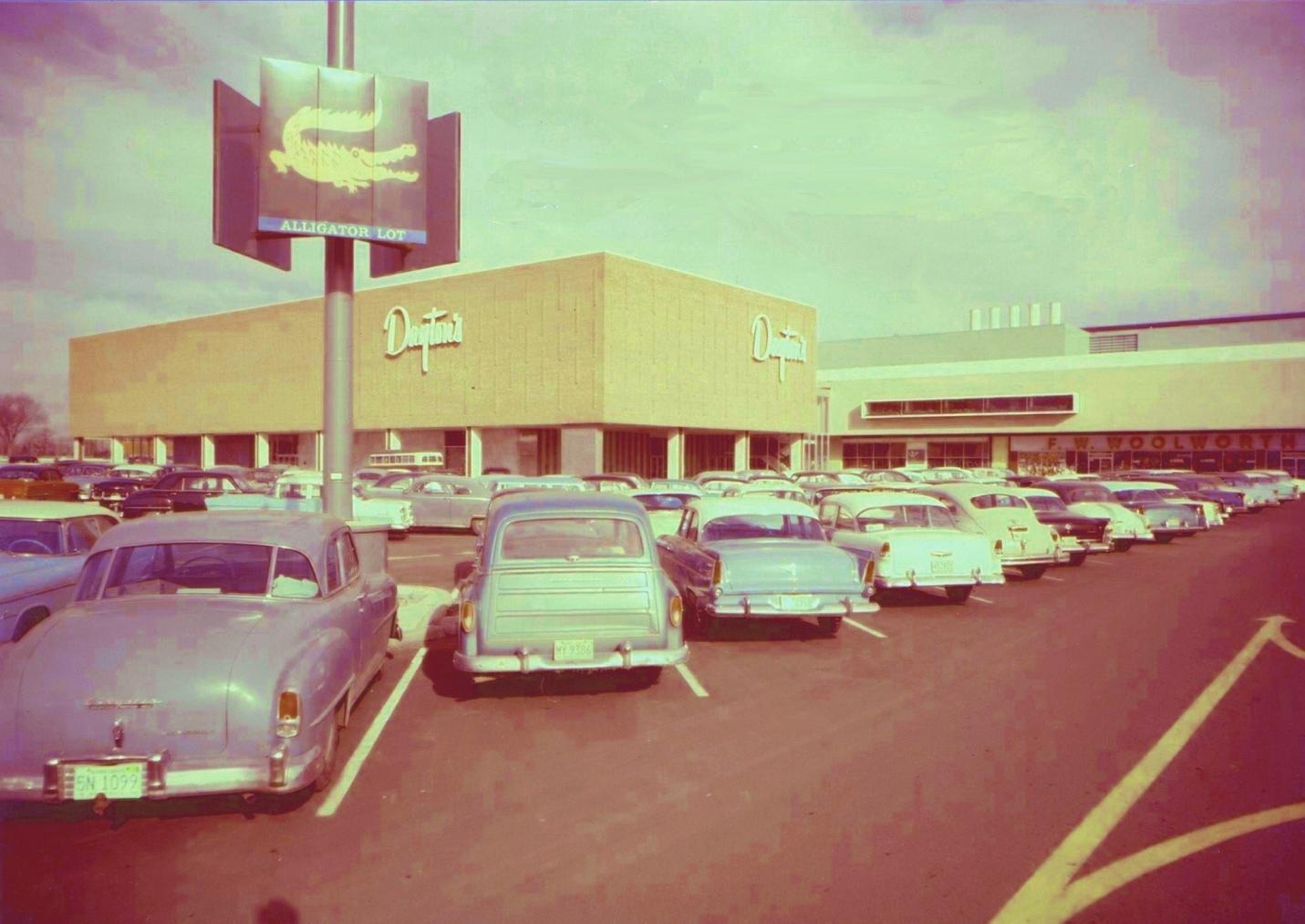
In the nineteen sixties, when the white middle class escaped en masse from the mixed downtown areas into the segregated suburbs, Gruen turned to revitalizing neglected downtown areas. His architectural firm transferred the suburban building type of the shopping mall into the inner city, introduced the urban mall as an architectural prototype and eventually provided an essential contribution to the commercialization of inner-city areas. In the end of the nineteen sixties, when many US-American cities went up in flames, Gruen returned to Vienna. In a gesture, which could not have been more symbolic, the Vienna Chamber of Architects denied Gruen the job title “Architekt” because he had failed to finish his studies as a persecuted Jew in National Socialist Vienna. Yet, the Chamber insisted that Gruen used his title with “c”- as in English “architect” – and, ironically, donated the considerable amount of 10.000.- Austrian Schilling to the chamber. Gruen himself focused his attention on the concept of the cellular city. He founded the “Zentrum für Umweltfragen” (Center for Environmental Issues; 1973) and published the “Vienna Charter”, which, as a response to Le Corbusier’s “Athens Charter”, outlined the principles of a human-oriented city of utmost compactness and highest possible interrelation. In his Vienna office, he worked on a model for the revitalization of the Vienna city center.
“All measures I proposed encountered open resistance on the part of the municipal authorities. The planning bureaucracy consisted of specialists, who were unable to think universally and who suffered from ‘car neurosis'”, Gruen wrote in his unpublished autobiography. In the mid-seventies he proposed to turn the entire city center into a mixed use, car-free zone and though the plan was rejected, the city transformed Kärntnerstraße and Graben into a pedestrian zone, which, over the years, turned into an exclusive shoppingscape. At the same time the first European shopping mall was built on the outskirts of the city of Vienna. Thus Gruen had to face up to the irony of his life: While he had tried to transfer the old European city center to US-American suburbia, the shopping mall had advanced into European cities and threatened to destroy his model of urban life. Gruen emphasized for the rest of his life that real estate firms had hijacked his concept of the ?shopping town? and reduced it to a mere “sales machine”. He “denied paternity once and for all” and refused to “pay alimonies for these bastard projects”.
Anette Baldauf works as a sociologist and cultural critic. Her research focuses on urban development, feminism and social movements. She is a professor at the Academy of Fine Arts in Vienna.
February 13, 2008.
Source: eurozine.com
